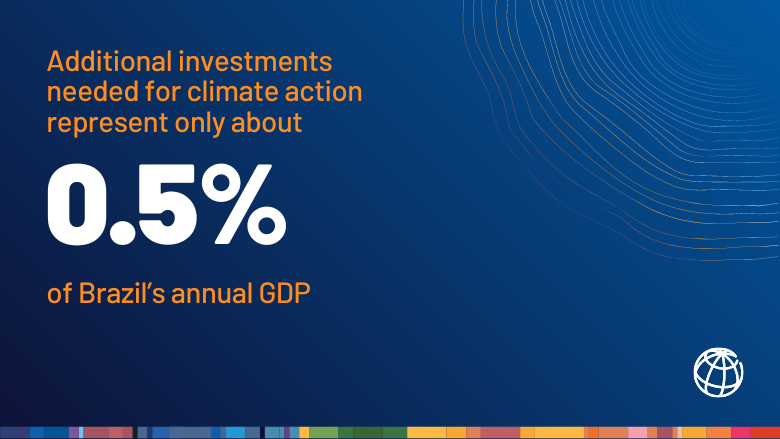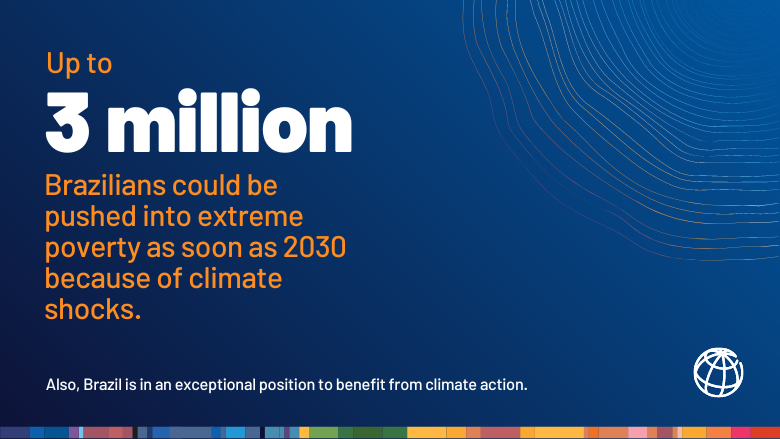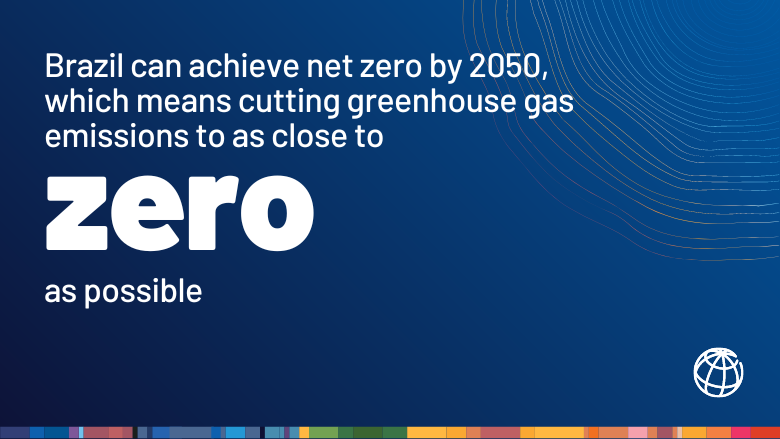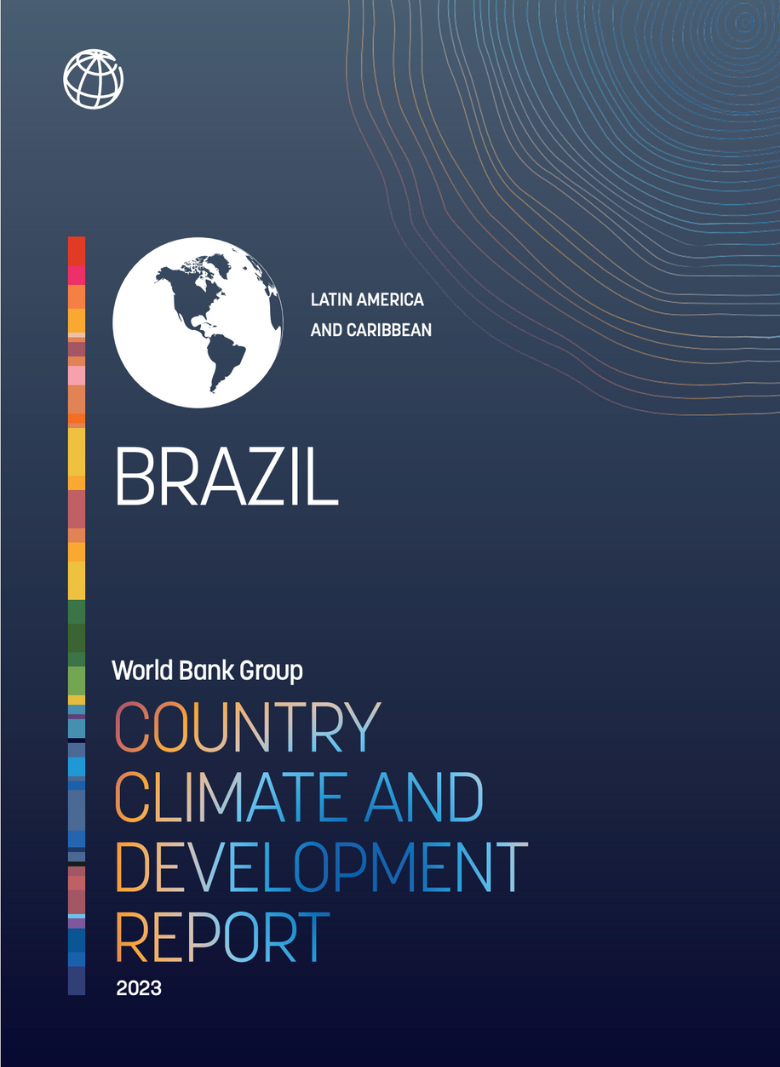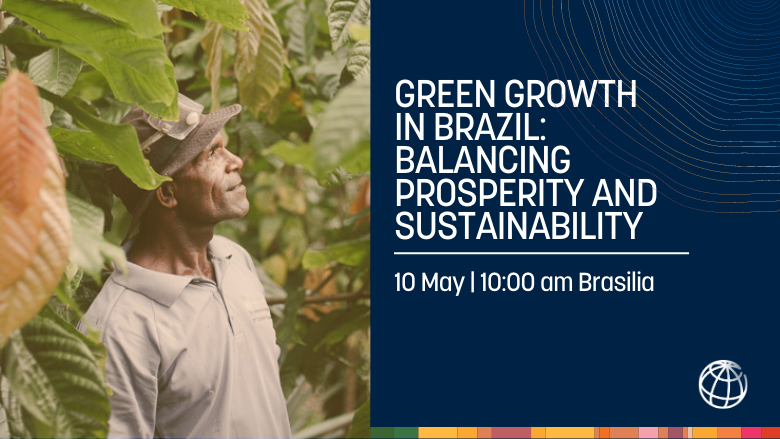Brazil is in a strong position to give its people a better life while also successfully overcoming the threat of climate change, according to the World Bank Group’s Country Climate and Development Report (CCDR).
Curent impact of climate change
Climate change is already changing temperature and rainfall patterns in Brazil, resulting in reduced water availability and extended droughts, and these problems are expected to worsen with time. This has implications for hydropower, agriculture, and urban water use, and also threatens Brazil’s unique ecosystems, especially the Amazon and Cerrado biomes. Extreme weather events such as droughts, flash floods, and riverine floods in cities are causing losses averaging R$13 billion (US$2.6 billion, or 0.1 percent of 2022 GDP) per year. Disasters also significantly disrupt Brazil’s transport and power infrastructure, affecting economic competitiveness. The urban poor, especially residents of informal settlements, are particularly vulnerable.
Even without considering possible tipping points, climate shocks could push another 800,000 to 3 million Brazilians into extreme poverty as soon as 2030. Although Brazil had sharply reduced the share of people living in extreme poverty in the past three decades, the share of extreme poor has risen since the economic downturn of 2015–2016, and is estimated to have reached 5.8 percent in 2021. Climate-related reductions in agricultural income, extreme weather events, food price changes, impacts on health, and reduced labor productivity due to heat could exacerbate poverty. Depending on the underlying development pathway, the resulting increase in extreme poverty could range from 0.4 to 1.3 percent of the population by 2030.
